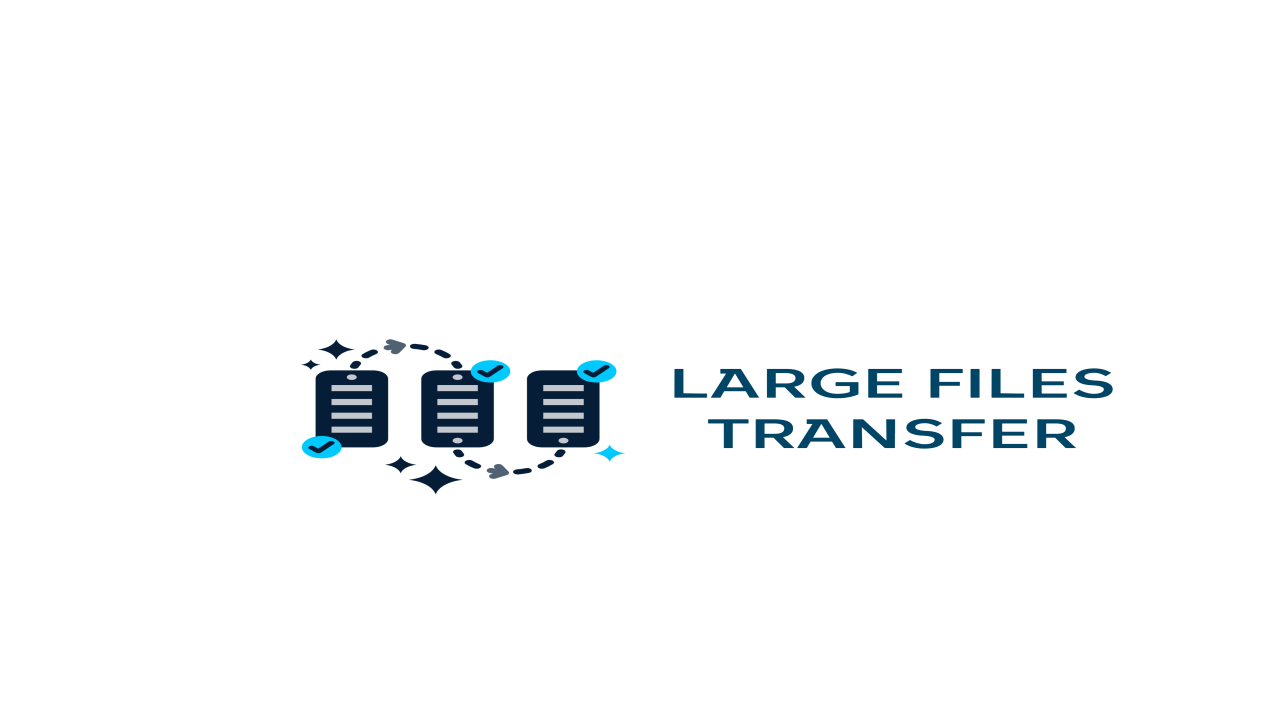Unveiling the Impact of File Transfer on Network Performance
In the digital ecosystem, where data reigns supreme, the efficiency of file transfer holds significant sway over network performance. Whether transferring small documents or large multimedia files, each data exchange has implications for network stability, speed, and overall user experience. In this blog post, we'll delve into the intricate relationship between file transfer and network performance, exploring the factors at play and strategies for optimizing data transmission in diverse environments.
Understanding the Dynamics of File Transfer:
File transfer involves the movement of data from one location to another, typically across a network. Whether conducted via email attachments, file transfer protocols, or cloud-based services, each transfer consumes network resources and impacts performance in distinct ways. Several key factors influence the impact of file transfer on network performance:
1. Bandwidth Utilization:
File transfers consume bandwidth, the maximum rate of data transfer across a network connection. Large file transfers or simultaneous transfers by multiple users can saturate available bandwidth, leading to network congestion and decreased performance for other users.
2. Protocol Overhead:
Various network protocols, such as TCP/IP or FTP, introduce overhead in the form of packet headers, acknowledgments, and handshakes. Protocol overhead consumes network resources and may impact transfer speed, particularly for small file transfers or high-latency connections.
3. Network Latency:
Latency, the delay experienced in data transmission, influences the responsiveness and efficiency of file transfers. High latency can introduce delays in transfer initiation, increase transfer times, and impact overall network performance, particularly for real-time applications or interactive tasks.
4. Packet Loss and Errors:
Packet loss and transmission errors can occur during file transfer, leading to data retransmissions and reduced transfer efficiency. Excessive packet loss or errors may indicate network congestion, hardware issues, or unreliable connections, necessitating corrective measures to maintain performance.
Strategies for Optimizing File Transfer and Network Performance:
-
Bandwidth Management: Implement bandwidth management strategies, such as Quality of Service (QoS) policies, traffic shaping, and prioritization mechanisms, to allocate bandwidth effectively and ensure optimal performance for critical applications and users.
-
Protocol Optimization: Choose efficient transfer protocols optimized for low overhead and high performance, such as UDP for real-time applications or HTTP/2 for web-based transfers. Minimize protocol overhead and maximize data throughput to enhance transfer efficiency.
-
Network Optimization: Optimize network infrastructure, including routers, switches, and cables, to reduce latency, minimize packet loss, and improve overall network performance. Deploy technologies such as caching, load balancing, and packet prioritization to optimize data transmission.
-
Compression and Caching: Utilize data compression techniques to reduce file sizes and minimize bandwidth consumption during transfer. Implement caching mechanisms to store frequently accessed files locally, reducing the need for repeated transfers over the network and improving data retrieval times.
-
Content Delivery Networks (CDNs): Leverage CDNs to distribute content closer to end-users, minimizing latency and reducing data congestion. CDNs utilize edge servers located strategically around the world to deliver content efficiently and enhance user experience.
-
Monitoring and Analysis: Regularly monitor network performance metrics, such as throughput, latency, and packet loss, to identify bottlenecks and performance issues. Utilize network monitoring tools and analytics platforms to analyze data transfer patterns and optimize network configurations accordingly.
Conclusion:
In the digital age, the impact of file transfer on network performance cannot be understated. By understanding the underlying dynamics of file transfer and implementing strategies for optimization, organizations can maximize network efficiency, enhance data transmission speeds, and ensure a seamless user experience. From bandwidth management and protocol optimization to network infrastructure enhancements and performance monitoring, proactive measures can mitigate the impact of file transfer on network performance, empowering organizations to navigate the digital landscape with agility and efficiency.





Comments (0)